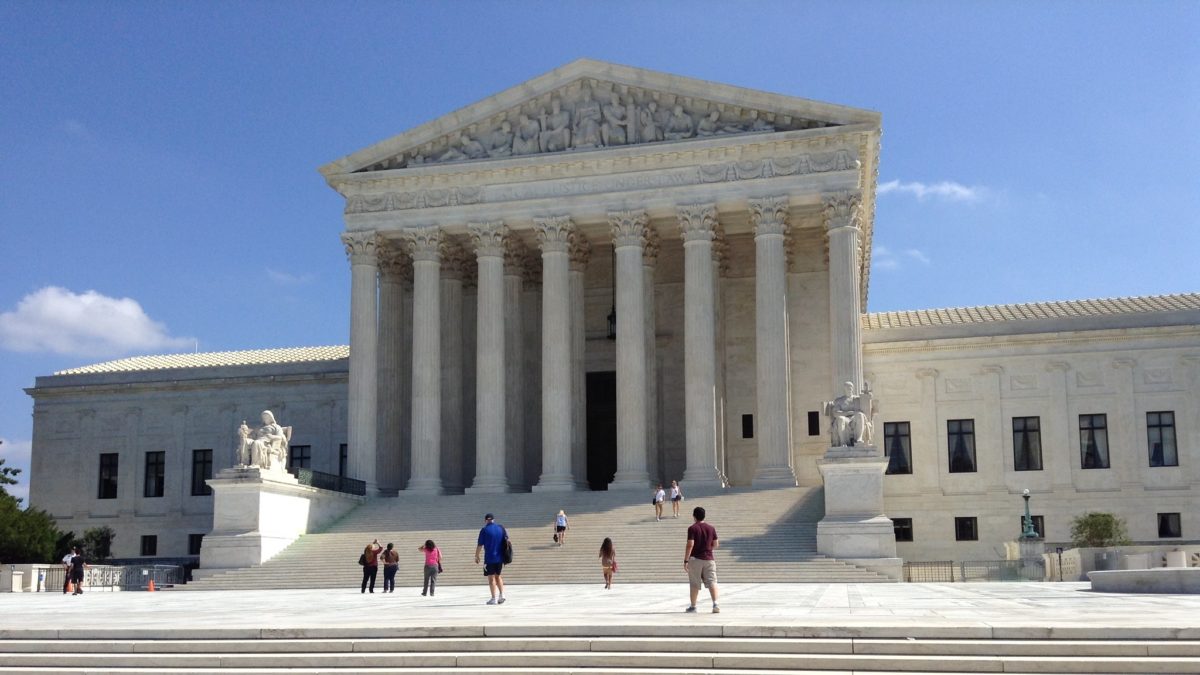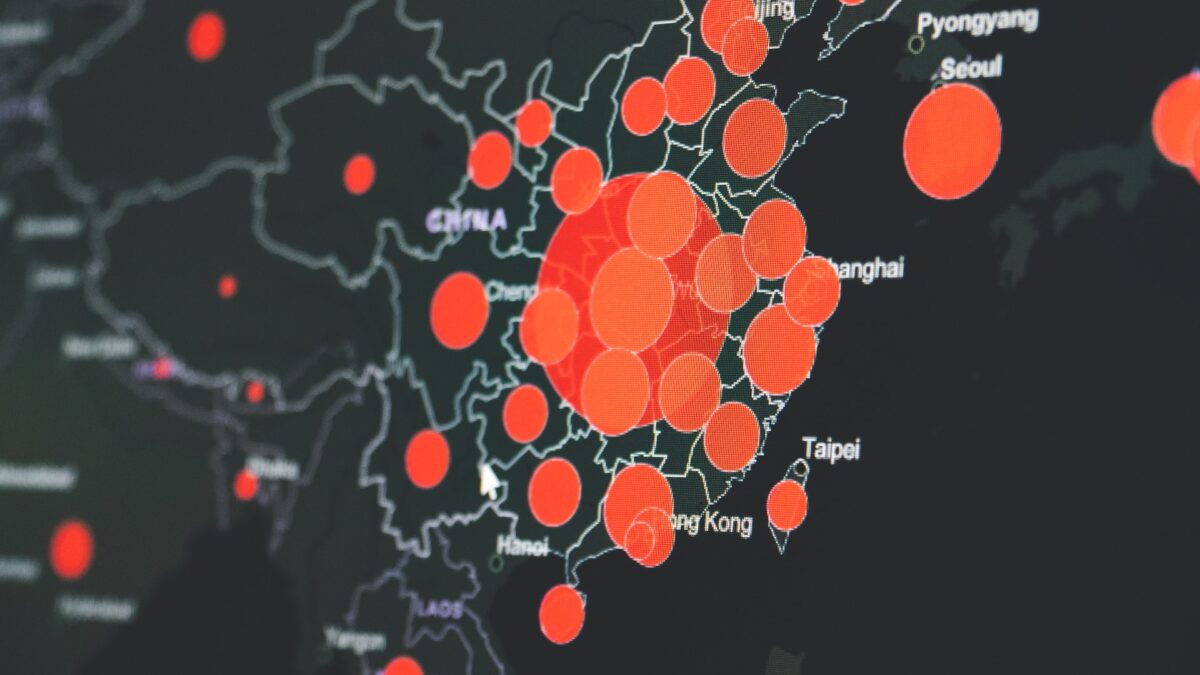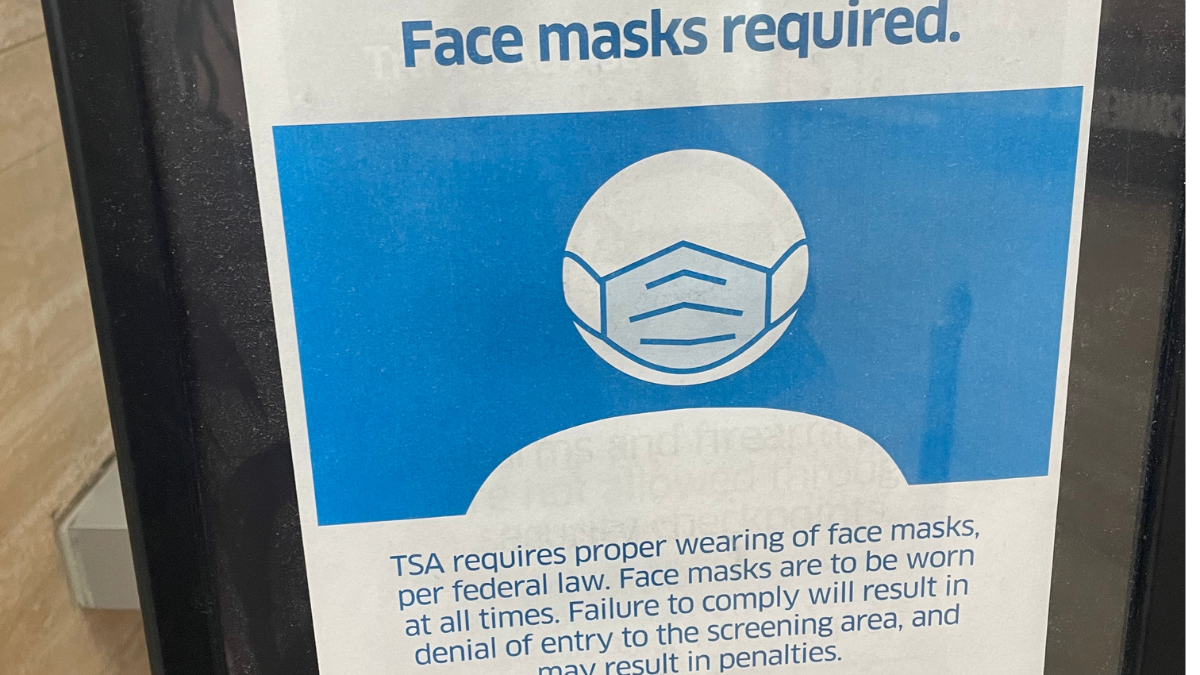
In September 2021, President Joe Biden directed the Occupational Safety and Health Administration (OSHA) to order employers to implement a vaccination mandate regimen for every business with 100 or more employees, with narrowly limited exemptions. OSHA issued an Emergency Temporary Standard two months later. Numerous states, employers, and organizations (including the Heritage Foundation, where I work) immediately filed multiple lawsuits, claiming OSHA lacks the authority to impose such a requirement.
Two federal circuit courts of appeals disagreed over whether OSHA has vaccination-mandate authority. The case is now before the Supreme Court, and the justices will hear oral argument Friday, January 7. The court will also hear argument in a related case involving a similar mandate issued by the Centers for Medicare and Medicaid Services.
The government and private parties have filed numerous briefs, but their arguments can be summarized in a straightforward manner.
The Biden Administration’s Argument
The government argues that the text of the Occupational Safety and Health Act (OSH Act) plainly authorizes OSHA to issue rules, including vaccination requirements, to protect employees against a “grave danger” resulting from exposure to “agents” or “new hazards” that can be “physically harmful.”
The SARS-CoV-2 virus satisfies each of those elements. It is a pathogen (and therefore an “agent”) discovered late in 2019 (and therefore “new”) that can seriously debilitate or kill at least some people it infects (and therefore is both “physically harmful” and a “grave danger”). QED.
That employees might contract Covid-19 from exposure off a worksite is immaterial, the government argues, because an unknown number of them might become infected by working closely on-site with colleagues, and the OSH Act enables the government to protect workers against those exposures.
Because the text of the OSH Act is clear, the government concludes, there is no merit to the plaintiffs’ policy arguments regarding (for example) the need to ensure that Congress, not agencies, makes important national economic and social decisions. Congress already did that when it passed the OSH Act in 1970.
Biden Has No Authority to Mandate Vaccines
As I have elaborated elsewhere, the plaintiffs have the better of the argument. Their position can be summarized as follows.
First: The federal government has never imposed a vaccination mandate for non-servicemembers; the states have. Every state requires schoolchildren to be “vaccinated,” “inoculated,” or “immunized” against a host of dangerous diseases, and each such law uses one of those three terms (or some variant, such as “vaccination” or “immunization”).
Moreover, the leading U.S. Supreme Court public health decision — Jacobson v. Massachusetts (1905) — involved a Massachusetts law and a Cambridge ordinance that each used the term “vaccination.” If Congress had wanted to use the OSH Act to empower OSHA to require vaccinations, Congress knew how to draft a provision using one of those terms. Congress did not.
Second: Those terms have a well-settled, specific meaning in public health law: viz., the use of a weakened or inactive virus — or mRNA recreations of a virus’ genetic code — to trigger a response in the human immune system. Vaccines intentionally create permanent (or at least transient) changes in the human immune system — intentionally so, to be effective.
Vaccines do not work by creating external defensive shields; that is the job for masks, gowns, gloves, eyewear, and the like, protections that fend off pathogens and keep them from invading the body. Vaccines work by creating internal offensive mechanisms — namely, mechanisms that attack and destroy pathogens.
By definition, to be effective vaccines must enter the body and trigger a cellular response. Put differently, masks, gowns, gloves, eyewear, and the like can be tossed away at the end of the workday; T-cells cannot.
Third: Agencies have only the authority that Congress grants them, and no provision in the OSH Act uses the terms “vaccinated,” “inoculated,” or “immunized.” Why? Because Congress has always treated vaccinations as medical decisions to be made by medical experts, not as occupational health decisions to be made by non-physician government officials.
The Biologics Control Act of 1902 prohibited the distribution of viruses without a license from the secretary of the Treasury and designated the surgeons general of the Army, Navy, and Marine Service to serve as a board to issue rules governing the issuance and revocation of licenses. The Federal Food, Drug, and Cosmetic Act of 1938 defines “vaccines” as “drugs” and “biologics,” which can be distributed in interstate commerce only if the commissioner of the Food and Drug Administration (FDA) approves their use as a normal or an emergency treatment (and, by statute, if a vaccine is approved as an emergency treatment, every person has the right to refuse the vaccine).
Yet Congress has never authorized the FDA commissioner to impose a vaccination requirement. Ditto for the director of the Centers for Disease Control and Prevention (CDC). Nothing in the OSH Act changes that settled feature of public health law.
In sum, OSHA cannot order employees to be vaccinated against any virus — whether that one or one of the yearly influenza viruses that also kill people annually — because OSHA cannot make medical decisions for employees.
Legally, the Biden Admin Should Lose
I’m not a betting man (I’ve lost too much money over the years on my New York Giants), but my guess is that the plaintiffs will win their case. They have the better of the legal argument.
The government is also suffering from a handicap. Last year, it tried to cram into a statute dealing with quarantines and property destruction — the Public Health Service Act of 1944 — authority for the CDC to halt evictions for nonpayment of rent. That act did not remotely give the CDC such power, and the Supreme Court slapped down the government’s effort to manufacture some.
The federal government’s effort crashed and burned in that case. It is likely to do so again in this one.









